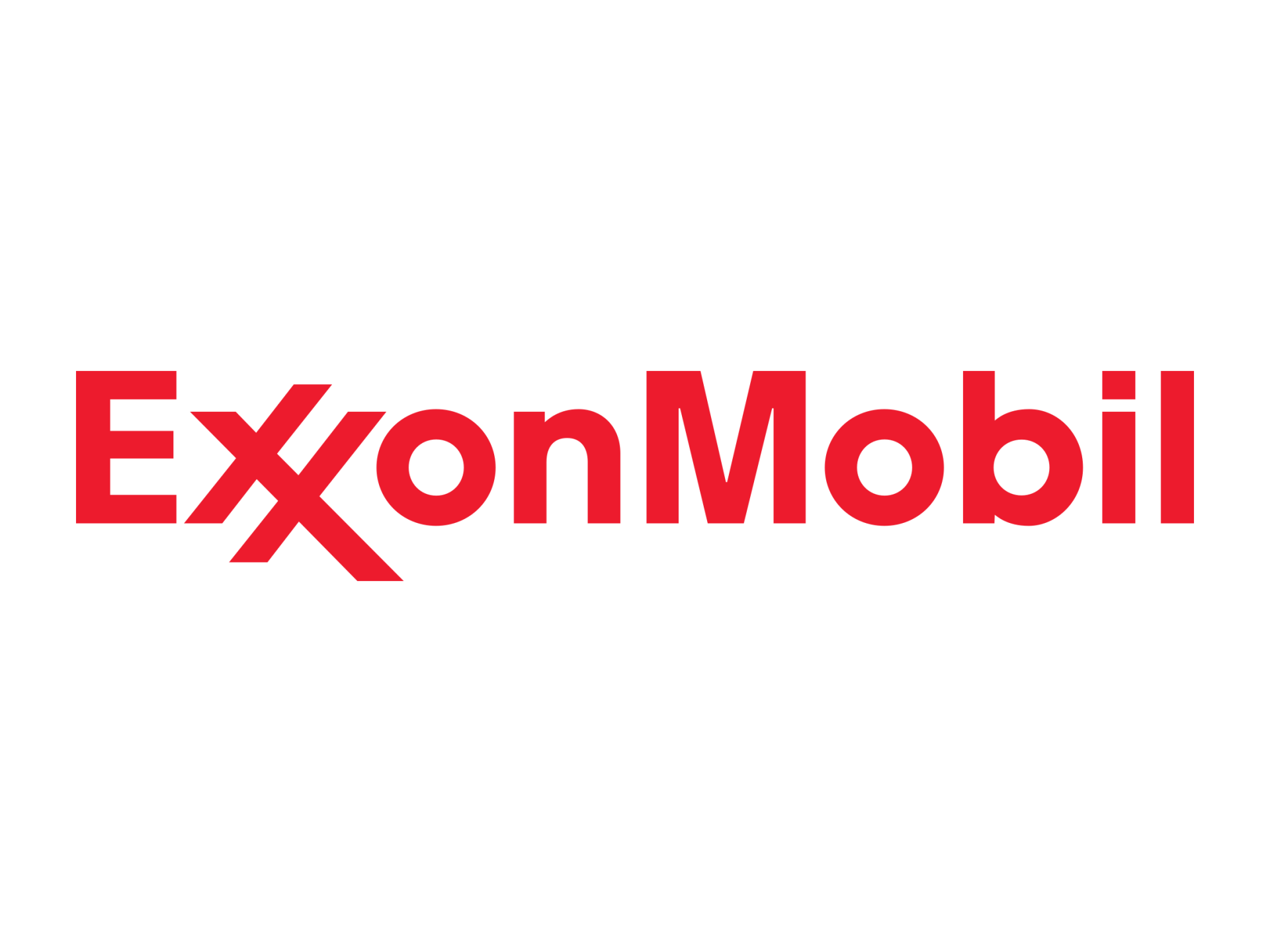
Oil producer Exxon Mobil Corporation (XOM) reported fiscal 2023 first-quarter earnings, exceeding analyst forecasts. The earnings got a boost from solid oil and gas production growth. But crude oil prices have been dropping recently, pulling oil stocks, including XOM.
Given XOM’s mixed financials, elevated valuation, and bleak near-term outlook, it seems prudent to wait for a better entry point in this stock.
XOM’s fiscal 2022 first-quarter earnings beat analyst expectations. The company reported adjusted earnings of $2.83 per share, compared with the consensus estimate of $2.60 a share, according to FactSet. XOM booked record first-quarter earnings of $11.40 billion, double from the $5.48 billion in the first quarter of 2022, driven by higher oil and gas production.
During the first quarter, the company increased oil and gas net production by approximately 300,000 oil-equivalent barrels per day compared to the first quarter of 2022, excluding divestments, entitlements, and Sakhalin-1 expropriation. However, its total revenues and other income declined 4.4% year-over-year to $86.56 billion.
“We are growing value by increasing production from our advantaged assets to meet global demand. At the same time, our Low Carbon Solutions team is rapidly growing this new business with an additional carbon capture, transportation and storage agreement that underscores the company's growing momentum in providing industrial customers with large-scale emission reduction solutions,” said Darren Woods, XOM’s CEO.
Despite a solid financial performance in the last reported quarter, crude oil prices are pulling down XOM stock. Oil prices dipped in Asian trade today as fears of a sluggish demand recovery in the world’s top crude importer, China, offset the prospect of tighter supply, with top exporters Saudi Arabia and Russia slashing oil production.
Demand concerns lingered over China’s slower economic recovery following the lifting of COVID-19 restrictions, coupled with global macroeconomic headwinds and rising interest rates.
Brent futures plunged 0.3% to $76.40 per barrel at 0400 GMT after settling higher 0.5% the prior day. West Texas Intermediate crude dropped 0.1% to $71.72 a barrel after closing 2.9% higher in post-holiday trade on Wednesday.
“Despite calls for supply cuts over past months, oil prices have largely remained locked within a ranging pattern as lingering caution around the demand outlook continues to put a cap on the upside,” said Yeap Jun Rong, market strategist at IG.
Furthermore, Goldman Sachs cut its forecast for oil prices by nearly 10%, citing weakened demand in China and a glut of supply from sanctioned countries, including Russia. The investment bank now expects Brent crude to cost $86 a barrel in December, compared with its prior estimate of $95, and West Texas Intermediate crude will fetch $81 a barrel, a decline from $89.
On May 1, Goldman Sachs analyst Neil Mehta downgraded XOM stock from a Buy to a Neutral rating on valuation concerns and set a price target of $125 on the stock.
Shares of XOM have gained 26.1% over the past year to close the last trading session at $106.91. However, the stock has plunged 8.6% over the past three months and 3.1% year-to-date.
Here’s what could shape XOM’s performance in the near term:
Positive Recent Developments
On April 27, XOM made a final investment decision for Uaru development offshore Guyana after receiving government approvals. Uaru, the fifth Stabroek block development, is expected to have a daily production capacity of about 250,000 barrels after a targeted startup in 2026.
These Guyana investments and unrivaled development success continue to contribute to reliable global energy supplies. However, it could take a while to realize gains from the project.
On May 16, XOM announced the successful startup of its Beaumont refinery expansion project, which adds 250,000 barrels per day of capacity to one of the largest refining and petrochemical complexes along the U.S. Gulf Coast. Supported by the company’s rising crude production in the Permian Basin, the largest refinery expansion in more than a decade would help meet growing energy demand.
Mixed Financials
For the first quarter that ended March 31, 2022, XOM’s sales and operating revenue decreased 4.7% year-over-year to $83.64 billion, and its total revenue and other income declined 4.3% from the year-ago value to $86.56 billion.
However, the company’s non-GAAP net earnings and non-GAAP earnings per share increased 31.5% and 36.7% to $11.62 billion and $2.13, respectively. Also, its cash inflows from operating activities were $16.34 billion, up 10.4% year-over-year.
Unfavorable Analyst Estimates
Analysts expect XOM’s revenue to decrease 11.5% year-over-year to $102.37 billion for the fiscal second quarter that ended June 2023. The consensus earnings per share estimate of $2.25 for the current year indicates a decline of 45.6% year-over-year.
However, analysts expect XOM’s revenue and EPS for the fiscal year (ending December 2023) to decrease 7.5% and 30.6% year-over-year to $382.86 billion and $9.75, respectively. The company’s revenue and EPS are expected to decline by 3.9% and 4.1% from the previous year to $367.93 billion and $9.35 in the fiscal year 2024, respectively.
High Profitability
XOM’s trailing-12-month levered FCF margin of 11.31% is 91.4% higher than the industry average of 5.91%. Ans its trailing-12-month asset turnover ratio of 1.10x is 70.2% higher than the 0.65x industry average.
In addition, the stock’s trailing-12-month ROCE, ROTC, and ROTA of 33.54%, 20.39%, and 16.70% are higher than the industry averages of 23.77%, 11.21%, and 8.81%, respectively.
Elevated Valuation
XOM’s forward non-GAAP P/E of 10.98x is 20.4% higher than the industry average of 9.12x. The stock’s forward EV/EBITDA and EV/EBIT multiples of 5.49 and 8.96 compared to the respective industry averages of 5.16 and 8.47.
Furthermore, the stock’s forward Price/Book multiple of 2.14 is 43.9% higher than the industry average of 1.48, and its forward Price/Cash flow of 7.26x is 62.6% higher than the industry average of 4.47x.
POWR Ratings Reflect Uncertainty
XOM has a rating of C, translating to a Neutral in our proprietary POWR Ratings system. The POWR Ratings are calculated considering 118 distinct factors, with each factor weighted to an optimal degree.
Our proprietary rating system also evaluates each stock based on eight distinct categories. XOM has an A grade for Quality, consistent with its higher-than-industry profitability. The stock has a C grade for Growth, in sync with its mixed financial performance.
The stock also has a D grade for Value, justified by a higher valuation relative to its peers.
XOM is ranked #36 among 91 stocks in the D-rated Energy - Oil & Gas industry.
Click here to access XOM’s Growth, Stability, Momentum and Sentiment grades.
Bottom Line
Leading oil producer XOM delivered record first-quarter earnings and topped Wall Street estimates on higher oil and gas output. However, the company’s revenue declined during the quarter. Also, a pullback in energy prices due to demand worries from the world’s largest importer China despite the latest production cuts by Saudi could weigh heavily on the XOM stock.
Given XOM’s mixed financials, unfavorable analyst expectations, stretched valuation, and a pullback in energy prices, it could be wise for investors to exercise caution and wait for a better entry point in this stock.
Stocks to Consider Instead of Exxon Mobil Corporation (XOM)
Given its uncertain short-term prospects, the odds of XOM outperforming in the weeks and months ahead are compromised. However, there are many industry peers with much more impressive POWR Ratings. So, consider these three A-rated (Strong Buy) or B-rated (Buy) stocks from the Energy - Oil & Gas industry instead:
Cheniere Energy Inc. (LNG)
Valero Energy Corp. (VLO)
Weatherford International PLC (WFRD)
What To Do Next?
Get your hands on this special report with 3 low priced companies with tremendous upside potential even in today’s volatile markets:
3 Stocks to DOUBLE This Year >
XOM shares fell $0.92 (-0.86%) in premarket trading Thursday. Year-to-date, XOM has declined -1.48%, versus a 16.75% rise in the benchmark S&P 500 index during the same period.
About the Author: Mangeet Kaur Bouns

Mangeet’s keen interest in the stock market led her to become an investment researcher and financial journalist. Using her fundamental approach to analyzing stocks, Mangeet’s looks to help retail investors understand the underlying factors before making investment decisions.
How Should You Trade Exxon Mobil Corp. (XOM) in July? StockNews.com






